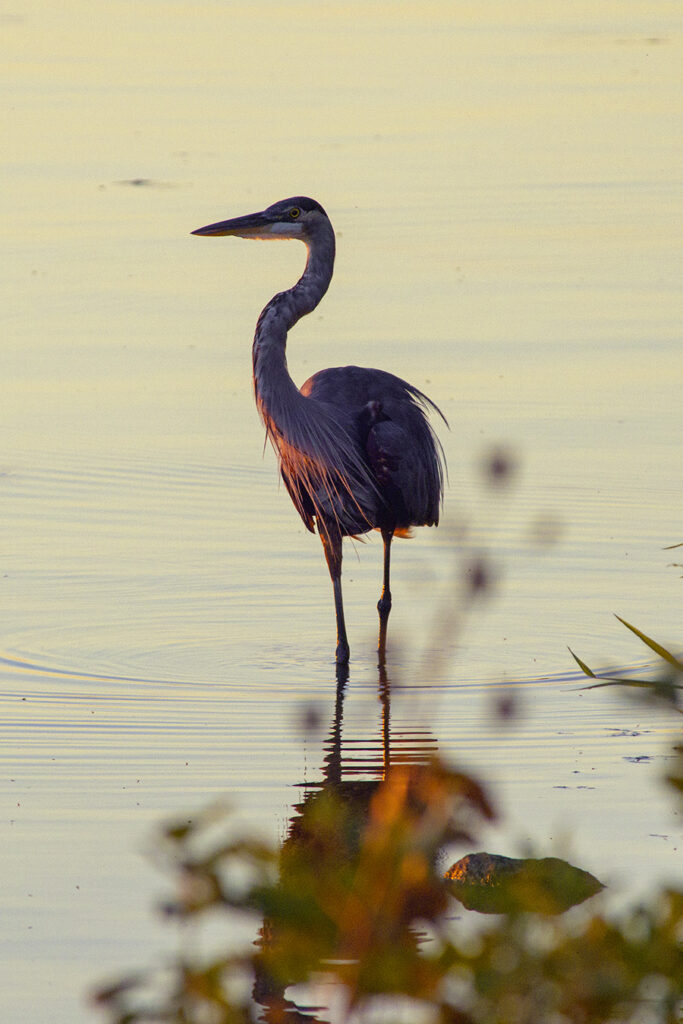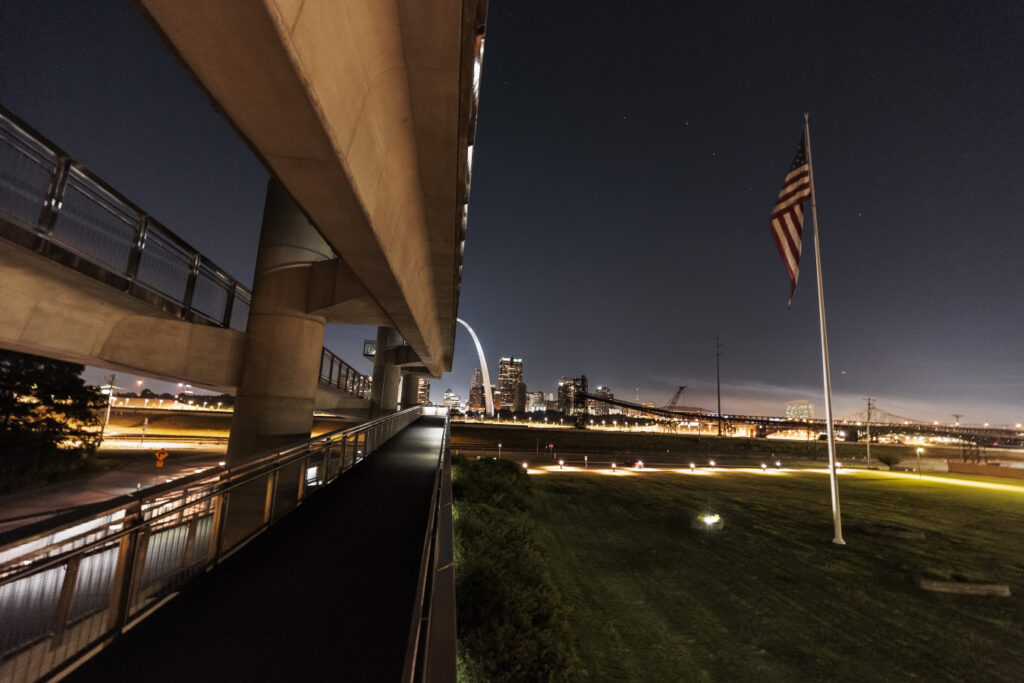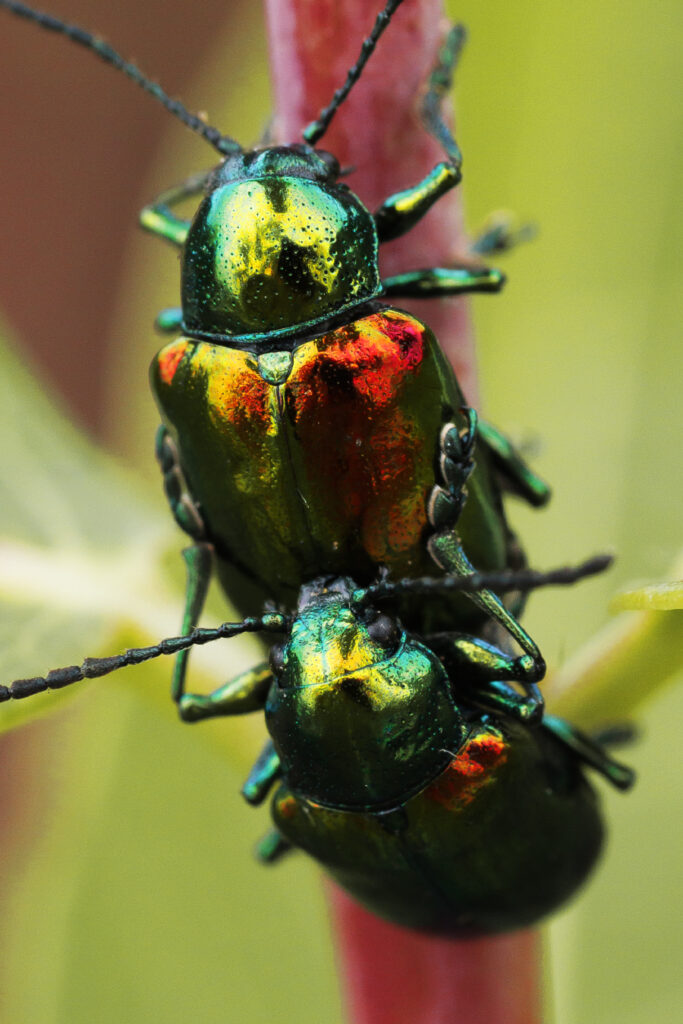Featured image by Patrick Langwallner on Unsplash
One great reason to have more than one lens is to take pictures at different distances from your subject. If you were photographing birds, that would be a good use of a different focal length. If I went out with a 50mm lens into the wild and tried to photograph wild birds, I would probably get a lot of shots of birds that appear very far away and tiny in the picture. If you want to get nice closeup shots of birds such as the one below, you will need a longer focal length lens.

In order to get photos like this I use a telephoto lens, in this case, a 600mm focal length was used. With a 600mm lens I can stand far enough away from the bird not to scare the bird away while I’m taking pictures of it.
Another good use of telephoto lenses is sports photography. Many if not all sports photographers will need a telephoto lens. Photographers aren’t exactly allowed to go running around on the field trying to get pictures of the players. Since photographers have to be on the sidelines or in the stands, they often need to use large telephoto lenses to get impressive shots of the players in the game.
While wildlife and sports photography are the primary use cases for large telephotos in the 300mm and higher range, there are many other uses for those lenses aside from sports.
Of course, if I need a lens to zoom in to a subject that is far away, then I need the opposite as well. Instead of being too far, now imagine you’re too close to your subject. For any shots where you have to stand too close for a normal lens, a wide angle is needed. Maybe you’re trying to photograph a group of people who are in a room in a house and there isn’t enough room to fit them all in your photo. To solve this problem easily simply use a wide angle lens. A very useful lens for this type of photography is a 24-70mm f/2.8 lens. With a 24-70 you’ll have a useful wide angle of 24mm all the way to a short telephoto of 70mm.
Aside from photographing groups of people, sometimes it is interesting to use an even wider angle lens for the visual effect it has. For this we would turn to the 16-35mm f/2.8 style lens. Different companies make different versions of these lenses with slightly different focal lengths but the basic idea of them is the same. Ultra wide angle lenses are fun to use, and if you have a high quality one you’ll spend many days experimenting with them to see what kind of interesting photos you can take.

Another reason to have different lenses is to have a low light specialty lens. This would be a lens with an aperture of f/2.0 or even faster. Many companies make prime lenses that have f/1.4 apertures, and Canon even makes a 50mm f/1.2 and an 85mm f/1.2. Such high-speed lenses can allow the use of faster shutter speeds and lower ISO’s in low light.
Lenses with large apertures gather more light and of course light is very important to photography. Many photographers know that lower ISO settings often mean less noise in their images, but there is another cause of noise and that is actually from the light itself. The way light works on the quantum level is that it travels in packets. These packets of photons hit the sensor randomly which produces a noise pattern similar to gaussian noise. While this noise pattern is not very obvious in bright light because the effect of the noise is averaged out by the large number of photons, it can become very obvious when light levels are extremely low. The only way to reduce this type of noise is to increase the amount of light, and when the light is low and can’t be increased, the only real option is to use a fast lens.
Macro lenses are another lens type that often requires a dedicated lens. The reason for this is that macro lenses have to be designed differently from a typical lens. True macro lenses are more optimized for extreme close focusing. To be considered a true macro the lens must have a 1 to 1 (1x) magnification ratio. Most true macro lenses are prime lenses in the 50-100mm range. Some zoom lenses are advertised as having “macro” capability, but those usually don’t allow 1 to 1 magnification and usually aren’t optimized for close focusing, they simply can focus close if that makes sense. Those kinds of zooms are usually only 1 to 2 (.5x) or lower magnification.
Here is in an example of the kind of photography that can be done with a true macro lens.

There are still many other reasons to choose different lenses. Editing techniques and presets have come a long way, but there’s still something nice about having a lens that delivers a unique look to your work. Many of these lenses are available for a small amount of money on eBay. Whatever you choose, its all part of your learning experience so don’t fret if you feel like you picked the “wrong” lens. Each lens is unique, if you can embrace what every lens does you’ll be a better and happier photographer.


2 Comments
hello, great article. it does as great job of describing why we’d need different lenses for different situations. I’ve always wondered, why couldn’t we just buy a zoom lens that goes from really wide to telephoto and just use that single lense for all situations? is it because of cost or something else?
Technically speaking there are reasons why a single lens doesn’t work, but there are also creative reasons to use certain lenses.